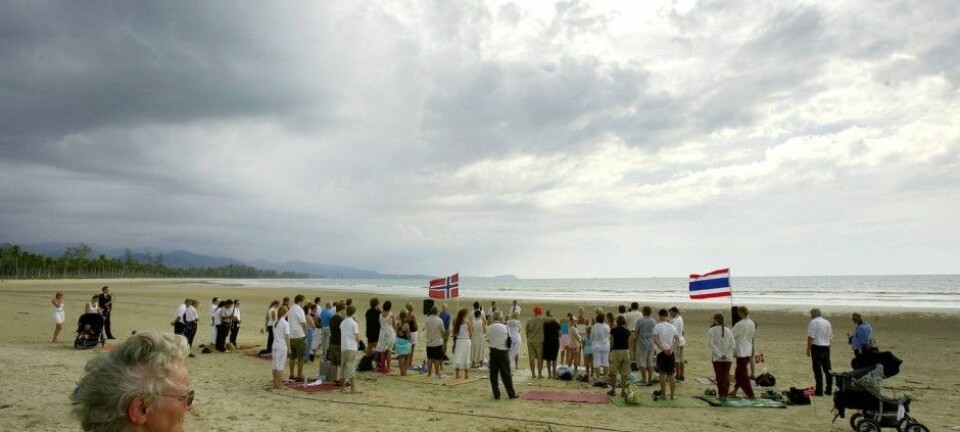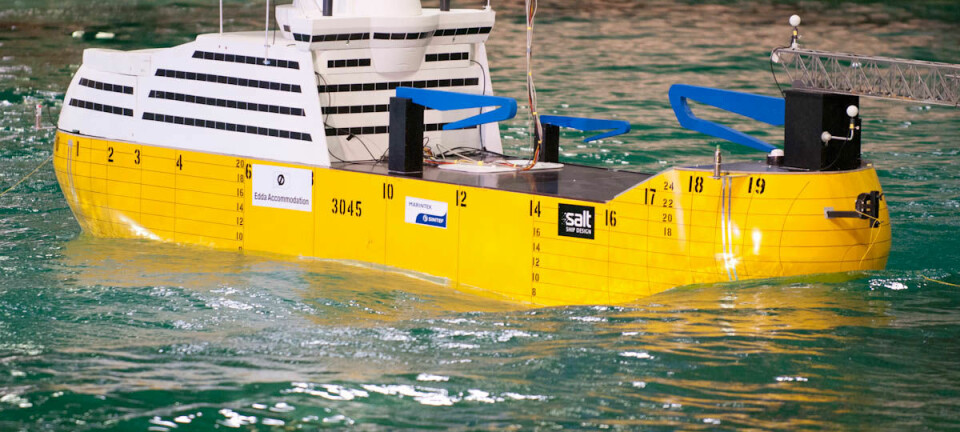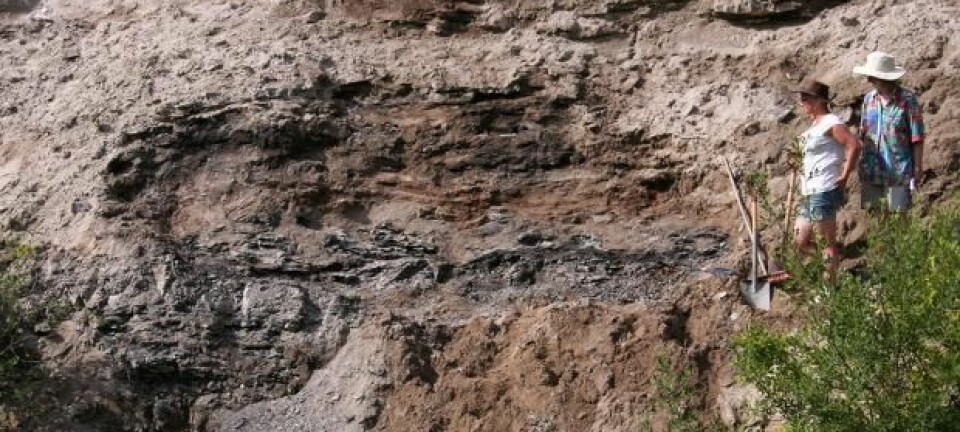
Europe hit by devastating tsunamis 8,200 years ago
New research shows how tsunamis hit Northwest Europe 8200 years ago, ravaging Stone Age coastal communities as far south as Denmark.
Almost 8,200 years ago, a piece of the seabed about the size of Iceland, slipped off the continental shelf, west of Norway.
The geological event resulted in giant tsunamis with waves up to 20 meters high that washed over Iceland, Greenland, Norway, Faroe Islands, and the UK.
Now a new study provides the first physical evidence that these tsunamis also penetrated deep into the North Sea and struck as far south as the west coast of Denmark.
"Scientists have long debated how far south the tsunamis had reached, and so far we’ve only had indications from mathematical models that they could’ve hit Denmark. Our study is the first to find geological evidence that tsunamis actually did hit [Denmark]," says co-author Mikkel Fruergaard, a postdoc at the University of Caen Lower Normandy, France.
The new study, which has been produced in collaboration between the University of Caen Lower Normandy, Geological Survey of Denmark and Greenland (GEUS), and the University of Copenhagen, is published in the scientific journal Geology.
Powerfull tsunamis
Nicolai Kliem, head of the Sea and Ice section at the Danish Meteorological Institute, was not involved in the study but describes the results as ‘extremely interesting’.
Kliem was part of a research team who drew up a risk assessment for tsunamis in Denmark, in the wake of the devastating Indian Ocean Boxing Day tsunami that killed a quarter million people in 2004.
In their report, Kliem and his colleagues concluded that the risk of tsunamis in Denmark today is very small.
"It’s extremely interesting to see that the tsunami from [this event] progressed far enough to reach Denmark,” says Kliem.
“In our calculations we showed that a tsunami’s energy would disappear due to friction with the seabed in the North Sea. So the fact that the tsunami reached Denmark suggests that it was very strong," he says.
190 km stretch of seabed broke free
The devastating event, known to geologists as the storegga slide, was triggered around 8,200 years ago. Sediments that had accumulated during the Ice Age suddenly became detached and slid away from a 190-kilometre long stretch of the continental shelf, just west of Norway.
An area of seabed, roughly the size of Iceland and up to 34 m thick, broke free, setting the sea in motion and created tsunamis that spread out in all directions.
Previous studies of coastal areas in the North Atlantic showed just how devastating these tsunamis would have been for the local Stone Age people.
Evidence of the seabed on land
In the new study, Fruergaard and colleagues collected seven 25-meter-long cores of sediments from the island of Rømø, off the west coast of Denmark.
At the bottom of one of the cores, they discovered a layer of material that stood out. It was an 80 centimetre thick layer of sand from the seabed, which was mixed up with lumps of organic material. This unusual sandy layer sat in-between two distinct layers of clay.
According to Fruergaard these layers of sediment suggest that there was once a lake in this area where the cores were taken.
"At some point there was a big inundation of sea water, which dumped a lot of marine sand at the bottom of the lake, along with [organic] material from the edges of the lake and the lake bottom,” says Fruergaard.
Radiocarbon dating showed that these churned up sandy layers were deposited between 7,890 and 8,600 years ago.
Two metre high waves
To delve deeper into the tsunami’s story, they calculated how big the waves might have been when they hit the Danish coast.
They compared sea level from 8,200 years ago, which was about 20 meters lower than today, with the depth of the sand layer discovered in Rømø and estimated that the waves were probably between 1.5 and 2 metres high.
Whilst not exactly giant, this was probably sufficiently high to carry people away.
"This is the minimum height. They may well have been greater. Moreover, we only used measurements from Rømø, and they could have been higher or lower elsewhere along the coast," says Fruergaard.
-------------
Read the Danish version of this article on Videnskab.dk
Translated by: Catherine Jex








